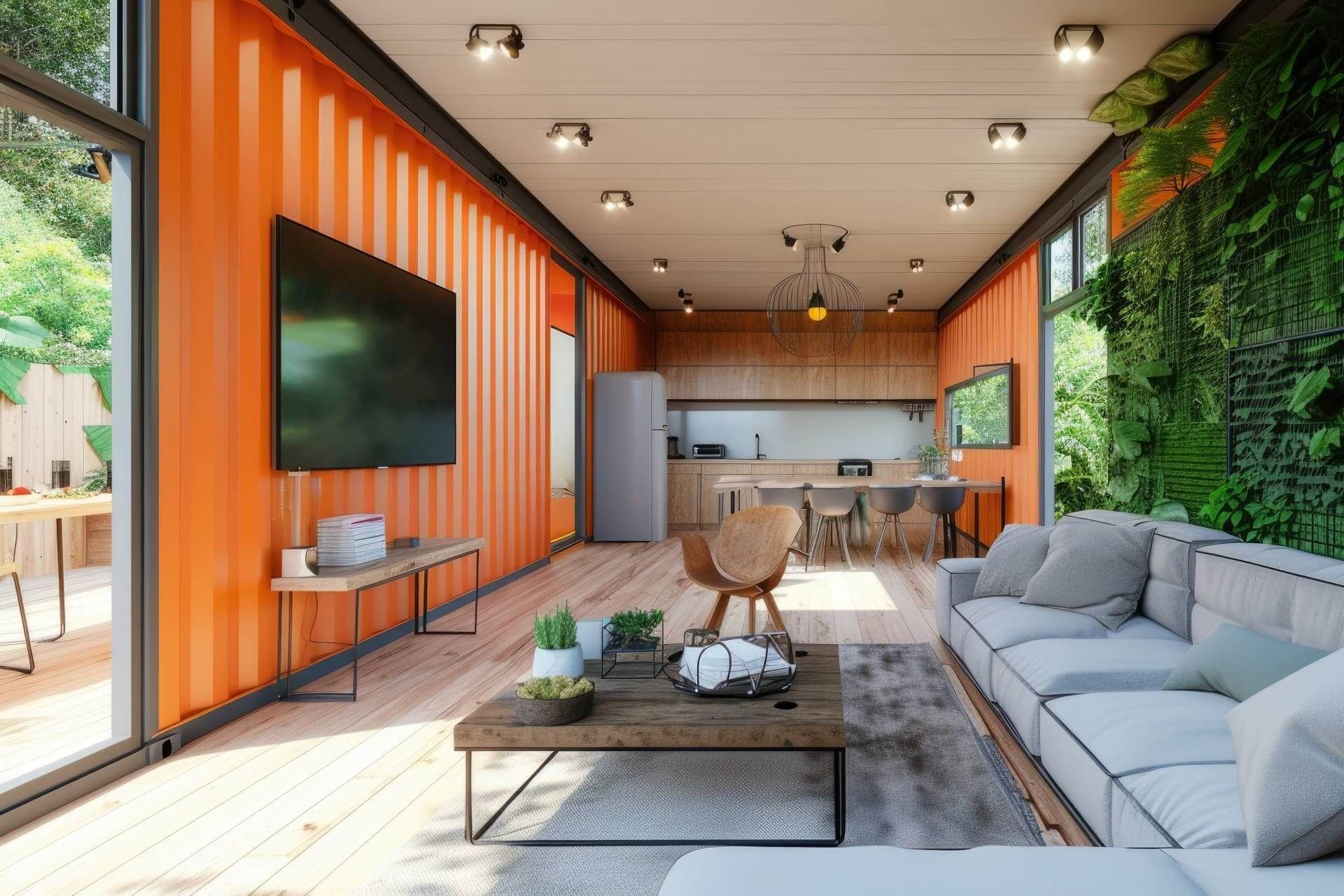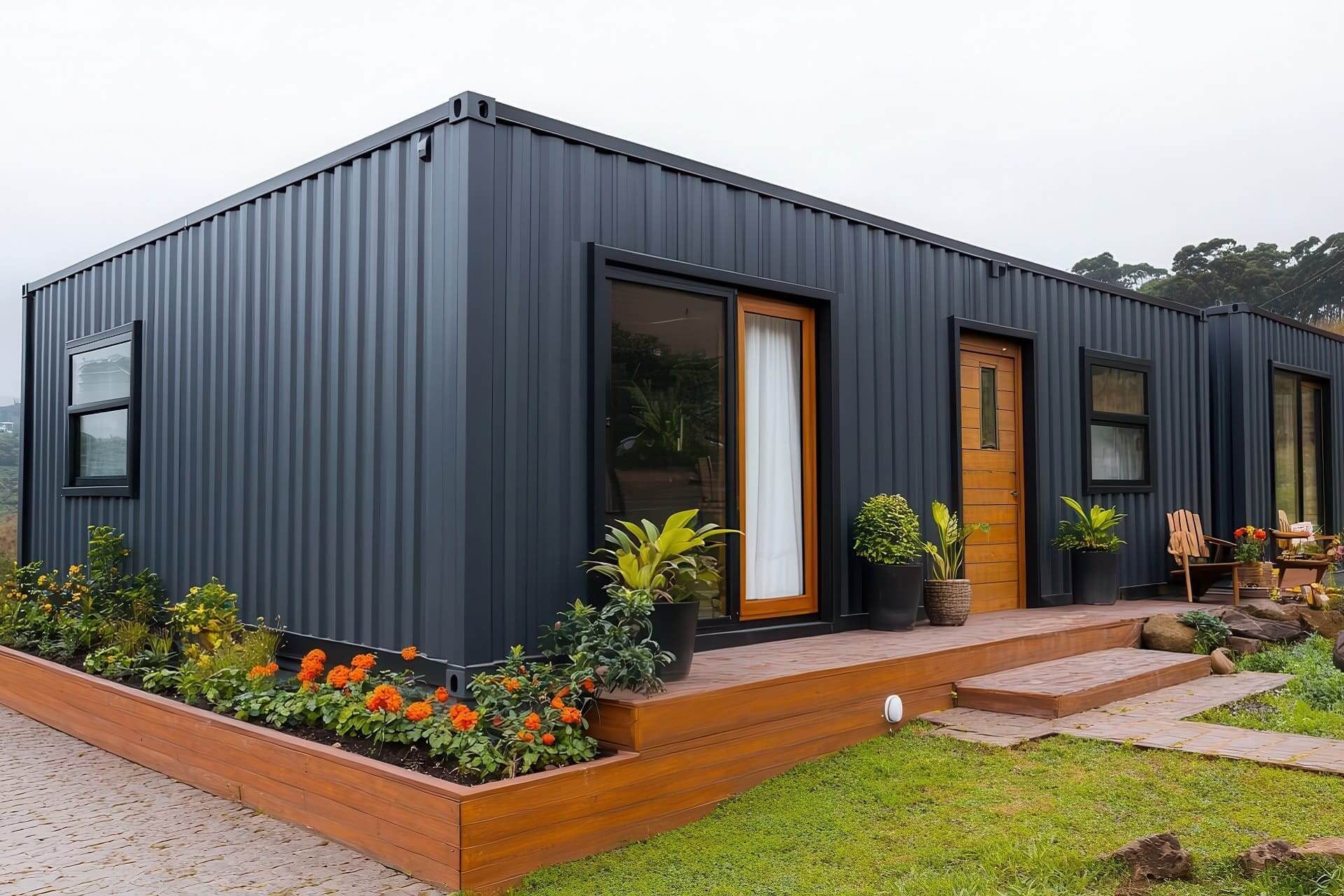Containers as an Urban Housing Alternative - Benefits and Challenges
Containers as an Urban Housing Alternative - Benefits and Challenges

As urban areas grow, cities face an
affordable housing crisis. Innovative
solutions, like container homes, are gaining popularity due to their practicality and cost-effectiveness. Repurposing shipping containers for housing offers benefits such as quick construction and affordability. However, transforming these structures into viable homes presents challenges. This post explores both aspects, highlighting how modular container homes could address modern housing issues.
Unlocking the Benefits of Container Homes for Urban Living
The key to
container living benefits is their modular and flexible design, making them ideal for densely populated urban spaces. Shipping containers are designed to stack and can be adapted for single-family homes, multi-unit buildings, or even entire housing complexes. Their modular nature allows for
quick deployment of container housing, enabling builders to assemble units on-site in just a few weeks. This streamlined process makes them particularly suitable for cities where space and time are limited.
In addition, containers are far more affordable than conventional building materials, which is crucial in addressing the
affordable housing crisis. With fewer resources required for site preparation, the
cost-effectiveness of container use becomes evident, offering potential homeowners or developers a financially viable option. Importantly, container housing aligns with the goals of
sustainable urban development by reusing available resources and minimizing waste. As cities grow, the need for adaptable housing that can be deployed quickly and economically remains paramount.
Overcoming Challenges to Embrace Container Housing Innovations
While container homes present several benefits, they are not without their drawbacks.
Challenges of container homes include insulation, heating, and ventilation. Containers are made from steel, a poor insulator, leading to extreme temperatures in summer and winter. However, advancements in insulation methods have addressed some of these issues, helping
container homes become more liveable year-round. Still, proper ventilation and climate control measures are crucial for creating comfortable spaces.
Another obstacle is ensuring these homes meet local building codes and standards. Different regions may have specific
container housing regulations, and obtaining permits can be challenging. Retrofitting containers with required safety features or structural reinforcements can also add to costs. Addressing these technical challenges early in the planning phase is key to ensuring container homes are affordable and safe, sustainable options for long-term urban use.
How Container Housing Meets Urban Regulations and Standards
Building
modular container homes in urban areas requires compliance with building regulations, zoning laws, and safety codes. Adapting shipping containers into homes means modifying them to meet these standards, especially regarding fire safety, structural integrity, and utility connections. Some localities have developed specific
container housing regulations to standardize these homes' construction, making integrating them into urban housing solutions easier.
Container housing offers flexibility, but obtaining approval can still be challenging. Developers often need to retrofit containers with electrical, plumbing, and fireproofing systems to align with residential building codes. By proactively addressing these standards, cities can make it easier for developers to integrate the
cost-effectiveness of container use into urban planning, ultimately helping to ease housing shortages with affordable options. As regulations evolve to accommodate non-traditional housing structures, container homes may see increased acceptance as viable urban dwellings.
Building Community Acceptance and Appreciation for Container Homes
One of the key factors in the success of
urban housing solutions is community acceptance. The
social acceptance of container homes varies widely, with some viewing them as a modern, eco-friendly solution and others associating them with temporary or low-cost housing. Educating the public on the practical benefits, such as
quick deployment of container housing and affordability, can help shift perceptions. In addition, high-quality design and aesthetics play a significant role in changing these views.
Container homes are often celebrated as innovative and efficient housing solutions in areas where they are more common. Developers can use visually appealing designs, green spaces, and community-oriented layouts to promote
social acceptance of container homes. Highlighting their role in addressing the
affordable housing crisis could help foster a more positive public perception, allowing container homes to become accepted and appreciated for their versatility and practicality.
Evaluating the Cost Savings of Container-Based Urban Housing
A major attraction of container homes lies in their
cost-effectiveness. While traditional housing can be prohibitively expensive in many urban areas, using containers significantly reduces construction costs and time. Developers save on labor and material costs by leveraging
modular container homes that are easily assembled on-site. This affordability is crucial in cities where the
affordable housing crisis continues to grow, as container housing provides a solution that is both budget-friendly and quick to build.
Additionally, since container homes are built off-site, they reduce the time spent in on-site construction, minimizing expenses associated with labor and logistical delays. By integrating the
cost-effectiveness of container use into urban planning, developers can provide more accessible housing solutions that cater to the financial limitations of a wider range of residents. Ultimately, as cities expand and demand for affordable housing rises, container homes offer an efficient alternative that meets modern urban requirements while staying within budget



